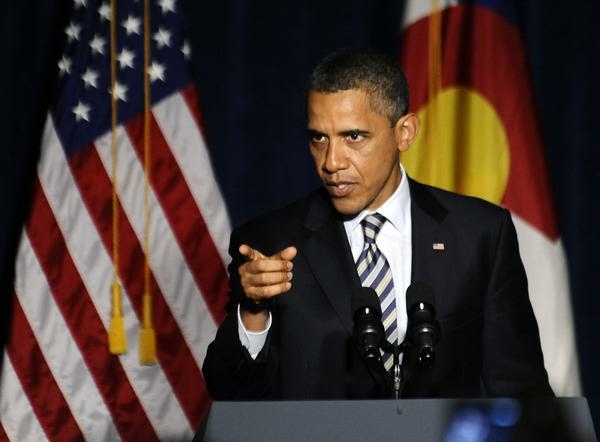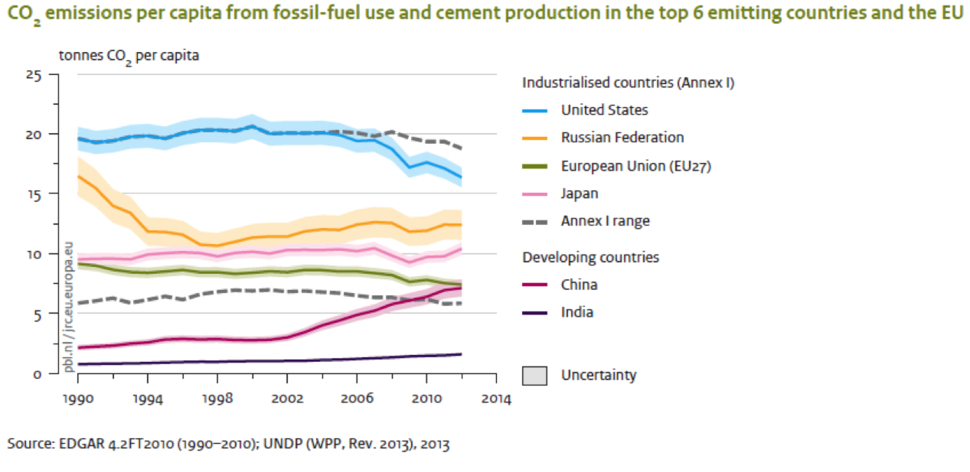On 3rd August 2015 the president of the United States Barrack Obama presented a new Clean Power Plan, a law, which aims to place the United States among the leaders in fight against climate changes in our planet. The law is concerned with lowering the amount of CO2 emissions in the atmosphere by closure of the coal factories. Keeping aside the politics surrounding acts as such, let’s look at the law and the subsequent media reactions from closer perspective.
Reduction of carbon dioxide emissions by 32 % by 2030
The reduction of the CO2 emissions by 2030 is the main pillar of the Clean Power Plan. The 32% reduction is taken from the level of emission in year 2005. Needed to say that in year 2006 the United States reached the peak in the emitted CO2 and there has been a gradual decrease since then (the decrease between 2005 and 2015 was of about approximately 10%). Mr. Obama actually openly admitted this in his speech when stating, “the US over the last decade despite the growing economy managed to cut their total carbon pollution more than any other nation on Earth.” During his speech, this statement was awarded in the White House by great applause. Unfortunately Mr. Obama forgot to add that the United States have been by far the worst emitter in past decades, (figure 1 shows the CO2 emissions per capita, in 2015 the highest emissions are in China), therefore it is only natural that the cut in total carbon pollution is more severe than if other country has a completely different starting point. Although decrease in the amount of emissions is definitely admirable, a closer attention needs to paid in understanding the used numbers; not get bluffed by the media and by big enthusiastic political speeches.
Clean energy
In his plan Mr. Obama partially proposes to replace the coal plants by plants burning natural gas. It is true that the natural gas emits approximately half of the amount of CO2 than coal while burning, however it still adds to the total amount of the CO2 in the atmosphere. Not even mentioning that natural gas is still a fossil fuel, which will deplete one day. Therefore this change is definitely an improvement, but not a solution to the climate change situation. The question at stake is whether it is even worth the money to change the factories into such temporary solution? The improvements of the current situation are favorable, but one must look at the bigger picture and the causes of the actions on the bigger scale.
The Obama’s plan once again started the discussions whether the human activity is really the cause of the climate change and whether there even is such thing as climate change. Even if someone claims that the climate change is only something made up by politics and media, even he must agree that in the future there will be no other option to create energy than using renewable sources and creating thus clean energy. Because the amount of coal or natural gas is limited and one day will be gone; as simple as that. And while talking about the carbon emissions depleted into the atmosphere in context of big strategies as Clean Power Plan or European 20-20-20 Plan, we still should keep in mind that it does not really matter, whether the decrease is of 20%, 35% or 60%. In the future, we should strive for 100% decrease, 0 carbon dioxide emissions released to the atmosphere.
References:
White House, https://www.whitehouse.gov/climate-change
2013 Report, PBL Netherlands Environmental Assessment Agency http://edgar.jrc.ec.europa.eu/news_docs/pbl-2013-trends-in-global-co2-emissions-2013-report-1148.pdf

